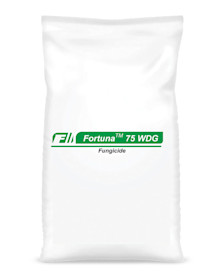How to Identify Crown Rot
Identifying crown rot in crops involves careful observation of several specific symptoms and signs. Here’s a detailed guide to help farmers recognize this disease:
Initial Symptoms:
Discoloration: Look for a light brown to dark brown discoloration at the base of the stem, just above the soil line. This is often the first visible sign of crown rot.
Lesions: Check for lesions or necrotic spots on the lower stem and crown area. These lesions may expand and coalesce, leading to extensive browning.
Plant Growth:
Stunted Growth: Affected plants often exhibit stunted growth compared to healthy plants. They may appear shorter and less vigorous.
Reduced Tillering: In cereals like wheat and barley, crown rot can cause a noticeable reduction in the number of tillers (side shoots).
Root System:
Root Decay: Dig up a few plants and examine the root system. Infected plants typically have a decayed or rotted root system, which is often brown and brittle.
Poor Root Development: The roots may be poorly developed and show signs of necrosis.
Foliage Symptoms:
Yellowing and Wilting: The leaves of infected plants may turn yellow and wilt, especially during periods of water stress.
Premature Senescence: In severe cases, the entire plant may die prematurely, leading to early senescence.
Field Patterns:
Patchy Distribution: Crown rot often appears in patches within a field, rather than uniformly. These patches may correspond to areas with poor drainage or previous crop residues.
Microscopic Examination:
Fungal Structures: For a definitive diagnosis, collect samples and send them to a diagnostic lab. Under a microscope, the presence of Fusarium spores and mycelium can confirm crown rot.
Environmental Conditions:
Weather Patterns: Consider recent weather conditions. Crown rot is more prevalent in warm, moist environments, especially following wet springs and dry summers.
By closely monitoring these symptoms and considering environmental factors, farmers can accurately identify crown rot and take appropriate management actions. Early detection is crucial for effective control and minimizing yield losses.


